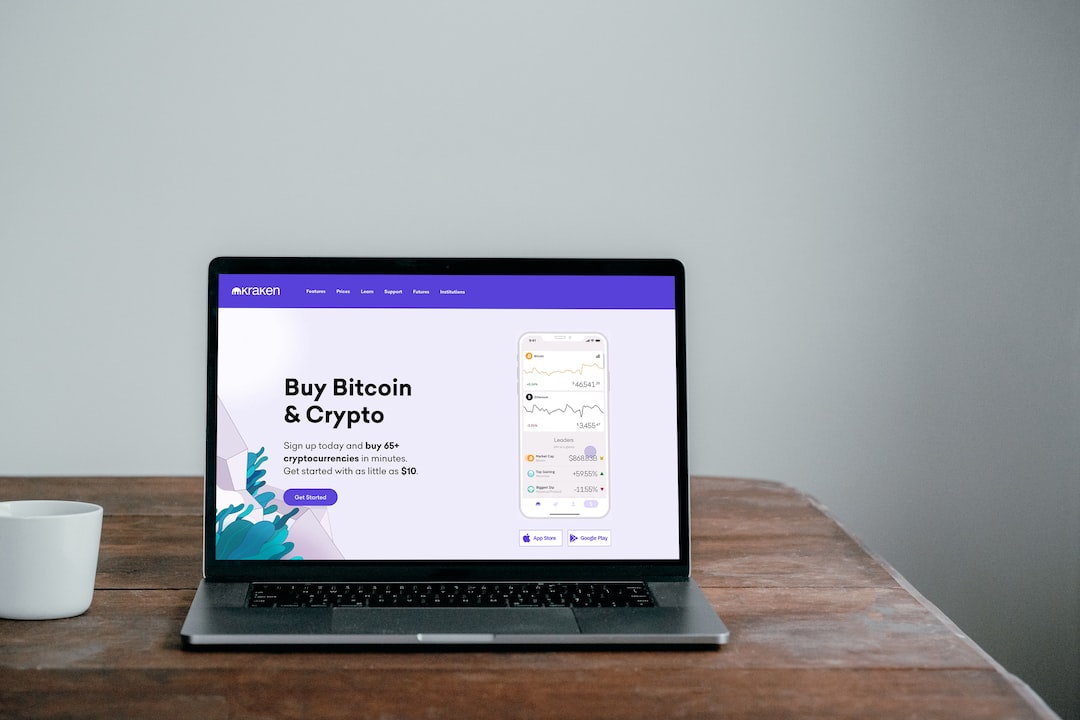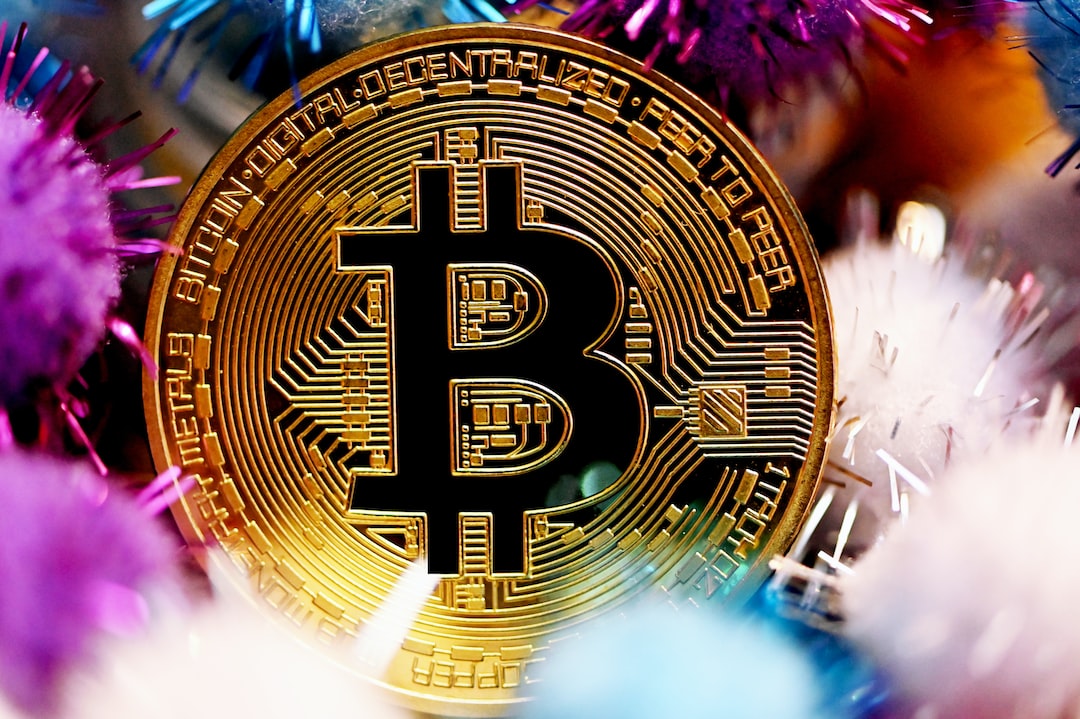Critical Vulnerability Identified in Bitcoin’s Inscriptions
The National Vulnerability Database (NVD) recently announced a critical vulnerability in Bitcoin’s inscriptions, which could impact the Ordinals Protocol developed in 2022. The NVD, overseen by the National Institute of Standards and Technology (NIST), plays a vital role in cataloging and disseminating information about cybersecurity vulnerabilities.
Unveiling the Vulnerability
The vulnerability arises from bypassing the data carrier limit in certain versions of Bitcoin Core and Bitcoin Knots, allowing data to be disguised as code. This loophole was exploited by inscriptions in 2022 and 2023. For Ordinals, this vulnerability is significant as it involves incorporating additional data onto a satoshi, enabling the integration of unique artworks into Bitcoin transactions.
This vulnerability is currently undergoing detailed analysis and has implications for increased non-transactional data on the blockchain, potentially affecting network size, performance, and fees.
Industry Perspectives on Ordinals
Bitcoin Core developer Luke Dashjr claims that inscriptions exploit a vulnerability to spam the network with irrelevant data. This influx of data is likened to sorting through junk mail daily, affecting overall efficiency. Peter McCormack, a prominent Bitcoin podcaster, argues that Ordinals worsen high fees for Bitcoin users.
Fixing this vulnerability may lead to the cessation of Ordinals and BRC-20 tokens, but existing inscriptions would remain unchanged due to the network’s immutable nature.
Hot Take: The Impact of Bitcoin’s Inscription Vulnerability
The critical vulnerability found in Bitcoin’s inscriptions poses significant concerns for the network. Exploitation of this vulnerability could result in an influx of non-transactional data, leading to congestion and increased fees. Bitcoin Core developer Luke Dashjr and podcaster Peter McCormack have expressed their reservations about Ordinals, highlighting the negative impact on network performance and user experience. While addressing this vulnerability may lead to the end of Ordinals, existing inscriptions would remain unaffected. It is essential for developers and users to stay informed about such vulnerabilities to ensure the security and efficiency of the Bitcoin network.





 By
By
 By
By


 By
By
 By
By